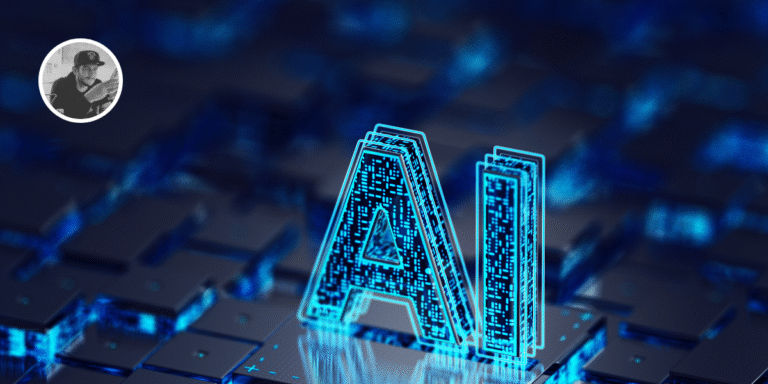The evolution of digital tools is moving at a pace that often surpasses our expectations, redefining what we consider possible in the browsing experience. Atlas, the browser developed within the ChatGPT ecosystem, represents one of those technological shifts capable of profoundly changing the way we interact with the web. It is not simply software for viewing online pages, but an intelligent environment able to understand context, anticipate needs and transform information into actionable knowledge.
To better understand what it is, after its release a few days ago, we tested Atlas in depth, studying its technical features to try to understand what impact it can have on the world of so-called user experience, today and tomorrow.
A new browsing paradigm
Atlas was created with a clear objective: bringing the ChatGPT language model into everyday navigation. Unlike traditional browsers, which are limited to displaying content, Atlas integrates a semantic interpretation engine capable of extracting meaning, correlations and instructions from pages in real time. Every interaction is analyzed as part of a continuous research flow, allowing the browser to understand what the user is looking for and adapt progressively.
Dal punto di vista architetturale, Atlas unisce un sistema di rendering classico a un livello cognitivo basato su modelli LLM. Questo layer analizza il DOM, identifica strutture logiche, riconosce pattern informativi e mette a disposizione un’interfaccia conversazionale che agisce come ponte tra la pagina e l’utente. La navigazione smette di essere un gesto manuale e diventa un dialogo.
Contextual understanding of pages
One of the technical pillars of Atlas is its ability to perform deep semantic reading of content. The browser does not simply index keywords; it generates a vector representation of the concepts present on the page, allowing them to be correlated with session history or with specific user queries.
Quando si visita un sito complesso, come una documentazione API o un portale di analisi finanziaria, Atlas è in grado di riassumere sezioni, evidenziare passaggi critici, estrarre formule, trasformare esempi in codice funzionante o suggerire approfondimenti. Tutto questo avviene attraverso un’inferenza locale e remota, con un sistema di caching intelligente che ottimizza sia la velocità sia la quantità di dati elaborati.
Advanced interaction with content
The most distinctive element is its ability to act on the page. Atlas can fill out forms, generate responses, initiate processes, compare data across tabs and even combine information from different sources to produce complex outputs.
Il browser gestisce un ambiente di esecuzione controllato che permette al modello di interagire con elementi dinamici senza compromettere la sicurezza. Ogni azione viene eseguita attraverso un sistema di permessi granulare, che garantisce piena trasparenza all’utente. Atlas diventa così un assistente operativo che non solo interpreta il web, ma lo manipola in modo utile e coerente con il contesto.
Integrazione con l’ecosistema di ChatGPT
Atlas non vive in isolamento. Il browser è progettato per integrarsi con strumenti avanzati come GPT-Store, le API di automazione, i plugins contestuali e gli agenti personalizzati. Questa interconnessione permette di passare da un compito all’altro senza soluzione di continuità. Il modello può usare il browser come estensione dei suoi sensi digitali, mentre l’utente resta al centro del processo decisionale.
The underlying idea is to transform browsing into an enhanced experience where the browser becomes a platform for building intelligent workflows. A researcher can analyze datasets, a developer can test front-end components generated on the fly, and a professional can automate repetitive tasks once impossible to integrate into traditional browsers.
Implications for the future of browsing
The technology behind Atlas represents a step toward a new mode of interaction: the web is no longer a consultable archive but an active network to converse with. This naturally brings reflections on privacy, security and algorithmic responsibility. Atlas incorporates protection systems designed to prevent unauthorized access, maintain process transparency and guarantee total control over what the model can and cannot do within the browser.
If the past of browsing was centered on manual exploration and the recent present on efficiency, the future seems directed toward collaboration between users and artificial intelligence. With Atlas, the internet becomes a more understandable, reactive and productivity-oriented space.




